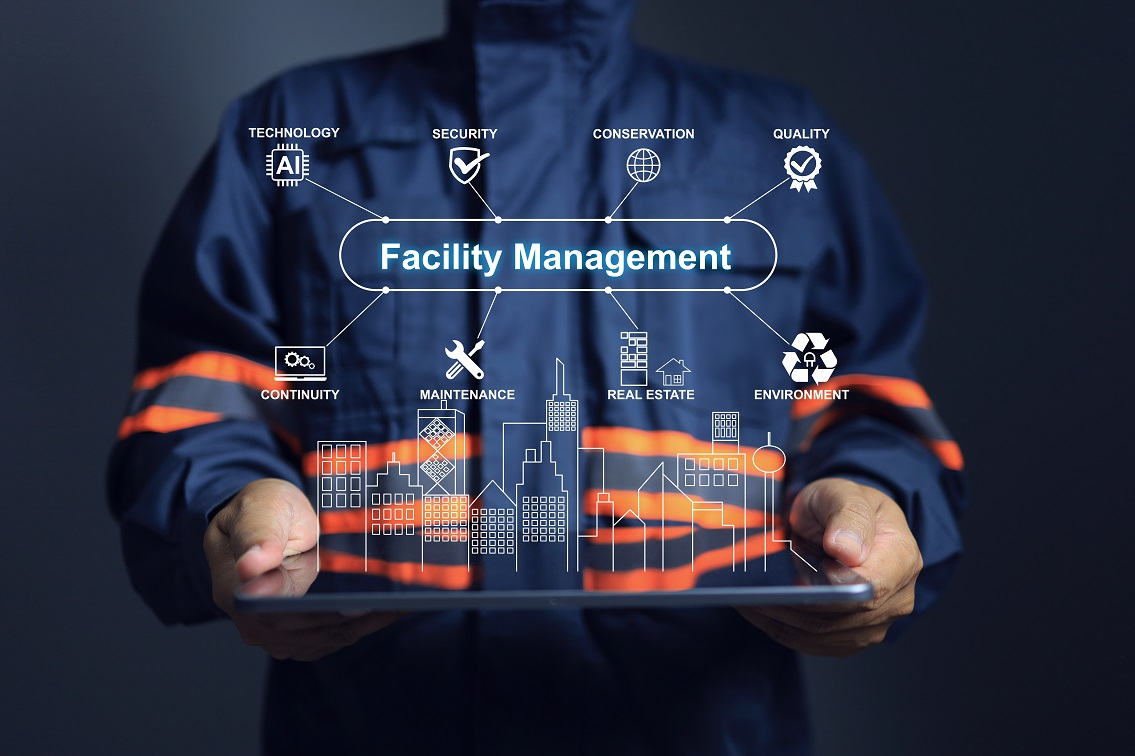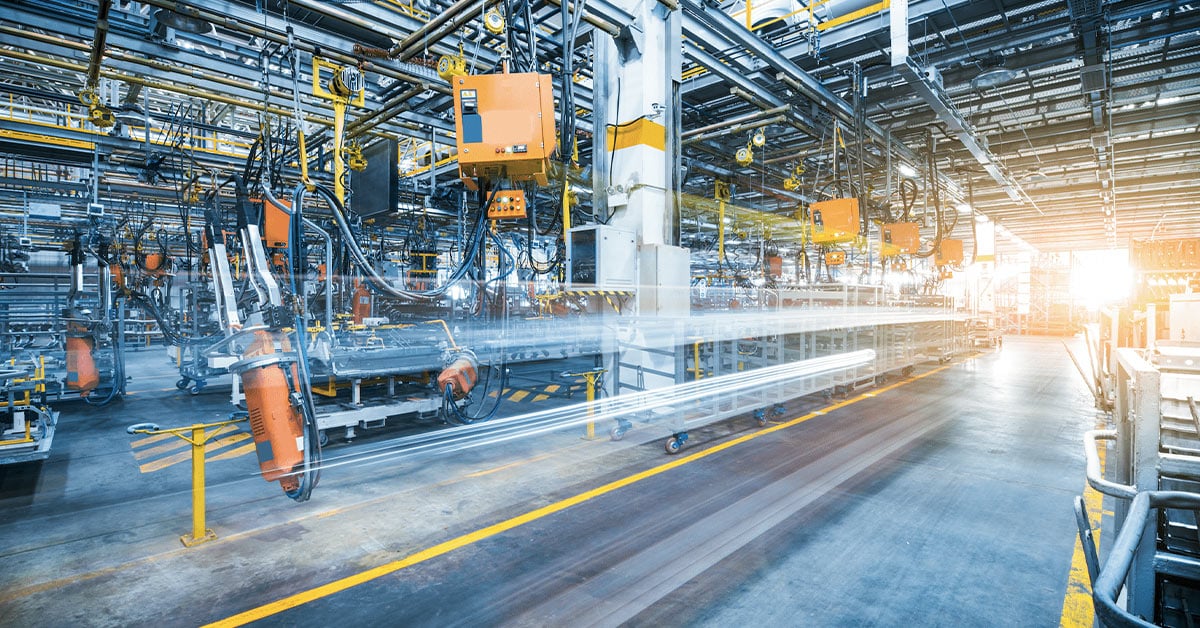Comprehensive Overview to Facility Management for Companies
Comprehensive Overview to Facility Management for Companies
Blog Article
Trick Fads Shaping the Future of Facility Monitoring in 2024
As we look ahead to 2024, the landscape of center administration is poised for considerable improvement, driven by a number of vital patterns. The integration of clever building technologies and a change in the direction of data-driven decision-making promise to improve operational performance while focusing on sustainability in method.
Smart Structure Technologies

Smart structure technologies encompass a large variety of systems, consisting of smart lighting, cooling and heating controls, and safety and security systems. By incorporating these systems, facility supervisors can check and readjust specifications in real-time, resulting in substantial decreases in power waste and operational costs. For example, smart sensors can discover occupancy degrees and change lighting and temperature level as necessary, making certain that power is just made use of when necessary.
Additionally, these technologies help with enhanced information collection, permitting companies to track use patterns and recognize chances for additional improvements. The execution of clever structure innovations not only adds to sustainability objectives yet likewise creates much healthier workplace that can enhance worker efficiency and complete satisfaction.
As we relocate into 2024, the fostering of wise structure technologies will likely increase, showing a broader change in the direction of even more intelligent, receptive, and sustainable center administration techniques.
Data-Driven Choice Making
Progressively, organizations are leveraging data-driven choice making to enhance center management methods. By taking advantage of information analytics, facility supervisors can obtain workable insights that significantly boost operational effectiveness and source allocation. The combination of sophisticated modern technologies, such as IoT sensors and real-time tracking systems, allows the collection of huge amounts of information on building performance, tenancy rates, and power consumption.
This wide range of details allows facility supervisors to recognize patterns, predict upkeep demands, and proactively address issues prior to they intensify. Anticipating analytics can forecast equipment failures, lowering downtime and repair work expenses. In addition, data visualization tools assist in far better communication among stakeholders, making certain that informed decisions are made collaboratively.
Additionally, data-driven strategies enhance calculated preparation by making it possible for center supervisors to assess the effectiveness of existing techniques and make educated selections regarding investments in modern technology or facilities. As companies progressively prioritize operational quality, data-driven decision production is positioned to come to be a keystone of effective center management techniques in 2024 and beyond. Ultimately, the ability to leverage information efficiently will empower organizations to create much more efficient, effective, and durable centers.
Sustainability and Eco-friendly Practices
The focus on data-driven choice making naturally straightens with the expanding concentrate on sustainability and eco-friendly practices within center management. As companies progressively prioritize ecological responsibility, center supervisors are leveraging analytics to enhance resource use, lower waste, and lessen carbon footprints. This tactical technique makes it possible for the combination of energy-efficient systems, such as LED illumination, smart HVAC controls, and renewable resource resources into facility procedures.
In addition, the implementation of sustainable techniques extends beyond energy intake. Facility supervisors are promoting and taking on eco-friendly products reusing efforts to create a round economic situation within their centers. This not just boosts the ecological profile of the my explanation organization however also fosters a culture of sustainability amongst employees.
Conformity with ecological guidelines is another important facet driving the fostering of environment-friendly methods. By using information analytics, center supervisors can check compliance metrics and recognize locations for renovation, making certain adherence to local and global sustainability requirements.
Crossbreed Job Designs
A significant shift towards hybrid job designs is improving the landscape of facility administration in 2024. This standard combines in-office and remote job, necessitating a reevaluation of area application, resource allowance, and employee involvement strategies. Organizations are increasingly recognizing the significance of adaptable work areas that accommodate diverse requirements and preferences.
Facility supervisors need to adjust by applying functional workplace layouts that support collective initiatives while supplying locations for focused job. This consists of the combination of technology to help with smooth interaction and collaboration among in-office and remote employees. Smart structure remedies, equipped with sensing units and analytics, permit for real-time monitoring of area use, allowing companies to optimize their settings effectively.
Furthermore, crossbreed job designs stress the need for effective center management that prioritizes worker experience. In significance, the crossbreed job model is transforming official source center monitoring, encouraging a positive approach to fulfill the evolving needs of the labor force.
Boosted Occupant Wellness
As companies embrace hybrid work versions, an increased focus on resident health is becoming integral to facility administration methods. Facility Management. This shift identifies that a completely satisfied and healthy workforce directly impacts efficiency and retention rates. Facility supervisors are now focusing on atmospheres that promote physical and psychological well-being, integrating aspects such as natural lights, biophilic design, and accessible wellness sources

Innovation plays an important function in this evolution. Smart building systems can keep track of ecological aspects and adjust settings in real-time, guaranteeing optimal convenience degrees - Facility Management. Responses mechanisms, such as occupancy sensors and worker surveys, allow center managers to consistently refine wellness efforts based on resident needs.

Verdict
In 2024, the future of facility management will be dramatically affected by the assimilation of smart building modern technologies and data-driven decision-making, promoting enhanced operational effectiveness. These patterns collectively this website emphasize the progressing landscape of facility management in response to contemporary challenges and possibilities.
Center supervisors are taking on environmentally friendly products and promoting reusing initiatives to create a circular economic climate within their facilities.A significant shift in the direction of hybrid job models is improving the landscape of facility administration in 2024.Furthermore, hybrid work designs emphasize the demand for effective facility management that prioritizes staff member experience.As organizations accept hybrid job models, an increased focus on passenger wellness is becoming essential to facility monitoring methods.In 2024, the future of center monitoring will certainly be significantly influenced by the combination of wise structure innovations and data-driven decision-making, cultivating improved functional effectiveness.
Report this page